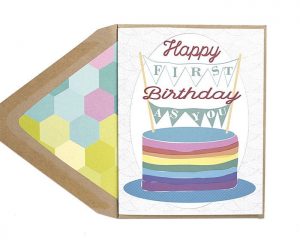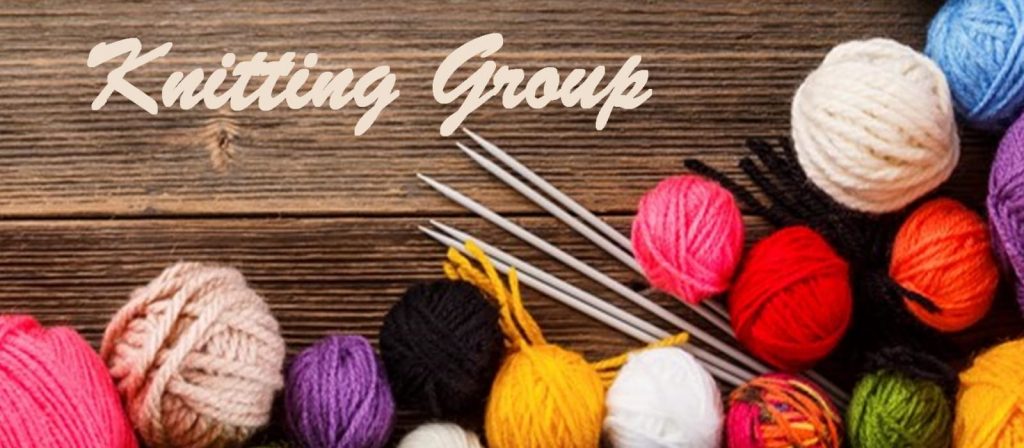Transgender Culture in the Age of CV19
I sometimes flippantly remark that transgender people have nothing in common except for a few genes—and we disagree about that. When I make that joke, it is in reference to demographics. Transgender people exist in all demographic groups. They come in all sizes, shapes, colors, politics, and backgrounds. That is one clue that led me to believe it was worthwhile looking for biological causal factors for being transgender.
Despite our diversity, we do have particular behaviors that distinguish the transgender culture. Most of these are positive in that they provide information and comfort to transgender individuals. But the transgender subculture is currently being disrupted by CV19.
I hope that these threatened transgender cultural behaviors will continue because right now they are our only source of connection with one another at a time when we need connection.
Hugging
Hugging in greeting and parting was a common behavior until CV19. This week, I had my first transgender hug in almost a year. I hugged a trans woman in celebration that we both had completed our vaccine shots a month ago, allowing for nearly maximal immunity possible from modern medicine. (We did so with masks on.) Hugging used to be the rule when transgender people met, perhaps as an acknowledgement that we had made a personal connection. I have no idea how hugging grew to be a part of trans culture but it certainly is a nice part of it. Perhaps it is a comfort for all the work it takes to be transgender or the common rejection we all face. Before CV19, at the end of some gatherings of 30 or more it took tens of minutes for all the hugging to be concluded, leaving everyone with a positive feeling.
I hope hugging comes back after the pandemic as a common transgender behavior. I miss the gesture.
Support Groups
Despite CV19, support groups attempted to meet using Zoom but it hasn’t been the same without the personal contact.
Transgender support groups arose during the sixties during the heyday of such groups. They developed out of the Alcoholics Anonymous model but they turned this model on its head. The goal of transgender support groups, as well as those formed for knitting, basket weaving, carpentry, art, and writing was to encourage these activities, not to discourage them as with AA. During the sixties and early seventies all kinds of transgender support groups were started by transgender people. There were those for heterosexual crossdressers who swore off transition, totally open groups that were pansexual/queer and those involved in BDSM. These were peer-to-peer groups, unlike the groups formed by mental health professionals for therapeutic purposes.
After the Berlin Wall fell and I turned from being a Cold War Warrior to exploring who I was, I joined a “crossdressing” group (Crossroads Detroit). I realized 5 years later that it had become a “transgender” support group after wide adoption of that umbrella term. It was an open group, with gay, lesbian and questioning transgender people. Wives and SOs (significant others) attended the meetings and even children were at our picnics. It was there that I met my first transgender person, and it opened my eyes to the existence and diversity of transgender culture. It was also there that I met my transgender mentor with whom I keep in contact to this day, Milesa Pfar. I met transgender farmers, factory workers, postal clerks and academicians. I met people going part—and full-time as well as those transitioning. I even met a gay male who went full time to hide a committed relationship with another male and make it appear they were a normal heterosexual couple. I met people who all had struggled with their presentation but no one looked down on those who had limited means.
For a time, support groups were nearly the only source of information about being transgender. There were a few books, like Conundrum by Jan Morris and a few “how to” books by, JoAnn Roberts, Virginia Prince and Bonnie Rudd, but little else. Most of the public information portrayed transgender people as pathological and downright “sleazy”.
As gays and lesbians gained acceptance, at least one support group, PFLAG evolved from LGB to become almost completely involved with transgender children and adults. There are still exclusive male/heterosexual/married/transition-rejecting “crossdresser” support groups but they have largely relaxed their membership criteria to maintain their numbers.
Perhaps support groups will come back after the pandemic. They always did have competition with the increasingly tolerant gay bar scene and now with social media. But both of these do not reach the standard of the pre-CV19 support groups in terms of rich social contact.
Ceremonies
 Transgender people celebrate all sorts of milestones, sometimes in support groups but increasingly on social media. The range extends from first time outings dressed en femme, or as a masculine or gender non-conforming person, to starting hormones or to celebrate transgender genital plastic surgery (TGPS). There are also naming celebrations in which a transgender person announces their new name in their congruent gender category. Some of these are held as religious ceremonies. Those who get TGPS celebrate the date of their operation as one would celebrate a birthday. While CV19 has shifted some of these ceremonies to Zoom or social media, I expect them to gradually be conducted in person as the health and economics of our society improve.
Transgender people celebrate all sorts of milestones, sometimes in support groups but increasingly on social media. The range extends from first time outings dressed en femme, or as a masculine or gender non-conforming person, to starting hormones or to celebrate transgender genital plastic surgery (TGPS). There are also naming celebrations in which a transgender person announces their new name in their congruent gender category. Some of these are held as religious ceremonies. Those who get TGPS celebrate the date of their operation as one would celebrate a birthday. While CV19 has shifted some of these ceremonies to Zoom or social media, I expect them to gradually be conducted in person as the health and economics of our society improve.
Conventions and Vacations
Conventions and transgender getaway vacations were largely outgrowths of support groups but they are now very much their own activities. The purposes of these were to get together for several days rather than the once-a-month support group meetings and to intensively provide information on being transgender. Affirmative counselors encouraged transgender people to see what it was like to be in their congruent gender for longer periods of time. But, of course, the main attractions were to have fun, reunite with friends and make new friends. Some conventions still exist and some are thriving but most have ended operation due to disinterest. The trend now seems to be to set vacation times and places within a loose convention structure and multiple hotels. This allows transgender people maximum freedom to get out in public rather than conventions held in a single hotel.
Language
Language has been important to transgender people. We are masters at repurposing words and using them to enhance social support. Most salient are the repurposing of the word “transgender”, defusing the word “identity” and the use of pronouns. The word transgender started out as a pathological word which applied to only those transitioning. Transgender people have repurposed it to mean the current umbrella under which many transgender subcategories exist. Identity started out as a pathological psychodynamic term from Freud but transgender people have largely beaten the pathology out of it. It was only in 2011 that the pathological term “gender identity disorder” was deleted from the DSM.
Unfortunately, there are schools of thought that use “identity” as a political tool. The reason for this is that those schools adopted the Freudian notion of repressed memories and emotions to account for the failure of their collectivist ideologies to overthrow Western societies. These are the folks that would seek to make us victims so that they can put down criticism from the right. They have Puritanized the use of pronouns so that they can pass laws to punish their critics and enforce their disciplines on others to limit and control their speech. It is ironic that they tout “academic freedom” at the same time they are suppressing freedom of speech. But they do not seek to be consistent, only powerful.
Secrecy
There has been a tacit agreement by transgender people to not “out” other transgender people. I am amazed at how few “outings” have reportedly occurred. Perhaps, it is the vein of Mutually Assured Destruction which ostensibly prevented thermonuclear exchanges during the Cold War. People are afraid that if they out someone, that there will be a retaliation outing.
When I first started expressing my transgender behavior, secrecy was all I could think about. I had a job which required a security clearance and I needed that job to support a family. I went to great lengths to ensure that my behavior would be private. I only crossdressed out of town, carrying a separate bag of feminine clothing which I could and did abandon if needed. I assumed a different name and background.
But I would like to think that the common experiences of transgender people lead them to understand the need for secrecy rather than the fear of threat of exposure. A kind of “do undo others.”
Conclusion
I hope that these positive transgender cultural behaviors will continue after the CV19 pandemic and not just because I am nostalgic about them. They are our only sources of group cohesion at the moment. Transgender people, being as creative as they are, will likely find new positive traditions to add to them. That is what culture building is all about.
Like to make a comment? Login here and use the comment area below.
Category: All TGForum Posts







